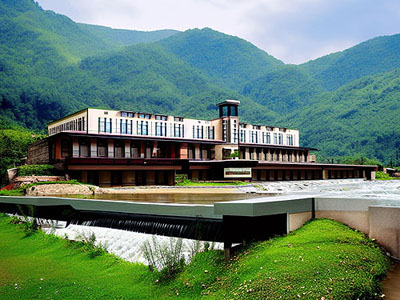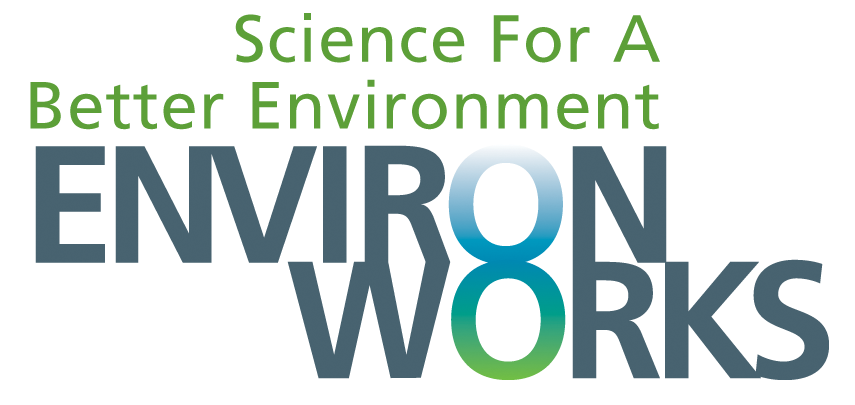Set It And Forget It
Treating household, or municipal, wastewater is a fairly rote process. Remove trash, break up solids and mix the water thoroughly allowing the good bacteria (microbes or bugs) to digest the biological components, then further treat in stages to remove chemicals, bacteria and viruses, and possibly even heavy metals. The typical batch sequence process does this in different tanks which requires lots space and monitoring, adding chemicals, cleaning filters, etc. with compliant (adequate) results.
 At the wastewater plant near Dillsboro, NC on the Tuckaseigee River there is a full-time staff of five or six people monitoring the plant, technicians checking samples constantly, making adjustments to their processes. They have staff on call, and sometimes during weather events they are on premises to react to changes. This plant was upgraded about eight years ago, and it has a great staff, and the quality of their liquid discharge is very good.
At the wastewater plant near Dillsboro, NC on the Tuckaseigee River there is a full-time staff of five or six people monitoring the plant, technicians checking samples constantly, making adjustments to their processes. They have staff on call, and sometimes during weather events they are on premises to react to changes. This plant was upgraded about eight years ago, and it has a great staff, and the quality of their liquid discharge is very good.
But over the last couple decades, we have moved far beyond this with sensors, automation, communication, and in supporting technology. Sensors and computer-controlled systems can handle the day-to-day. With hardened systems and redundant components, electrical outages, load surges, and weather events can all be handled without human intervention. Serious issues can be detected early and alerts sent out, allowing changes to be effected or at least communicated remotely.
This is how wastewater should be treated. To the point it is harmless to the environment. With minimum human involvement. Without chemicals. And with an end game that makes even the remaining biosolids usable, either converted into a soil enhancement or incinerated for fuel.
It’s a new day for wastewater treatment, and this gives us a hopeful outlook for life on Earth in the future.
